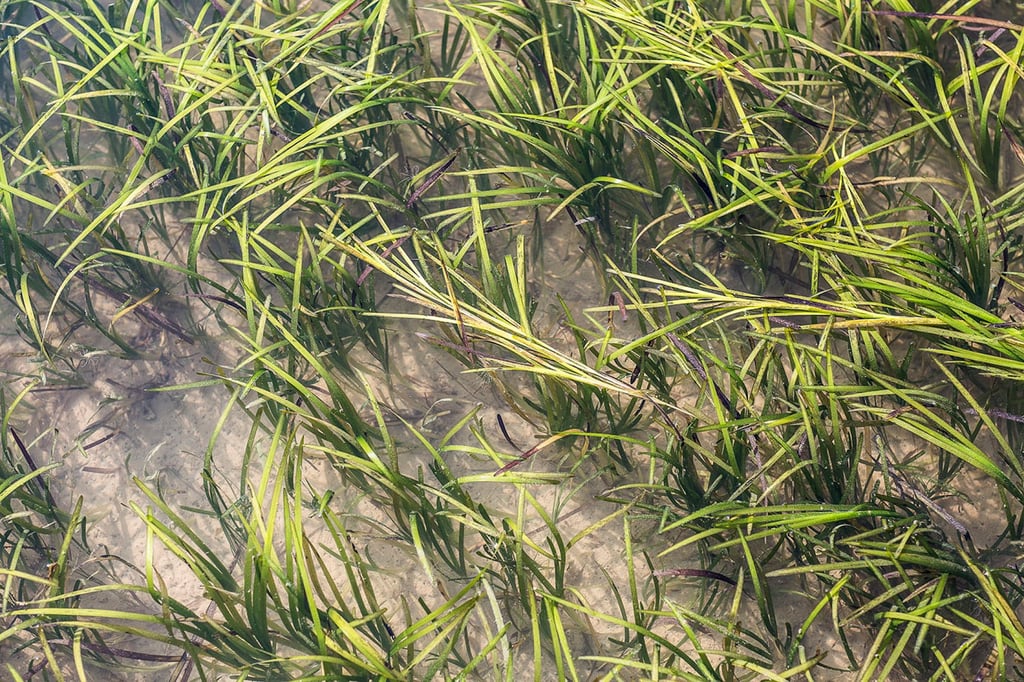Is ‘sea rice’ the next superfood? Eelgrass – sustainable, with nutrient-rich grains, and growing in salt water – championed by top chef Ángel León
- Grown in seawater, eelgrass, the grains of which three-Michelin star chef Ángel León calls ‘sea rice’, has potential to be the next green supercrop, he believes
- León has spent the past 15 years developing novel foods, such as a dessert made with fish; his most recent find is the ‘super sea soybean of the 21st century’

In the Balbanera salt pans on the flat plains of the Bay of Cádiz, in southern Spain, biologist Juan Martín Bermúdez pulls a clump of long grass from the water. It appears unremarkable, a messy bunch of thin, flat tendrils that flutter in the salty coastal breeze. But this plant is a treasure.
Environmentalists have long known the value of Zostera marina in fighting climate change – underwater meadows of the seagrass can capture carbon 35 times faster than tropical rainforests.
It also provides the architecture for ecosystems, including those that harbour endangered species.
But now this plant offers a tantalising new possibility: if a radical project started by Ángel León – chef-owner of three-Michelin-star restaurant Aponiente just 10 minutes’ drive north of the salt pans – and Bermúdez, his research coordinator, comes to fruition, it has the potential to become the world’s most sustainable supercrop.

León refers to this rice-like grain as “sea cereal” or “sea rice”, although, in fact, it has 50 per cent more protein than rice. It also contains vitamins A and E, not found in any other kind of grain, as well as high concentrations of B vitamins and omega-6 and omega-9 fatty acids, according to León’s research.
